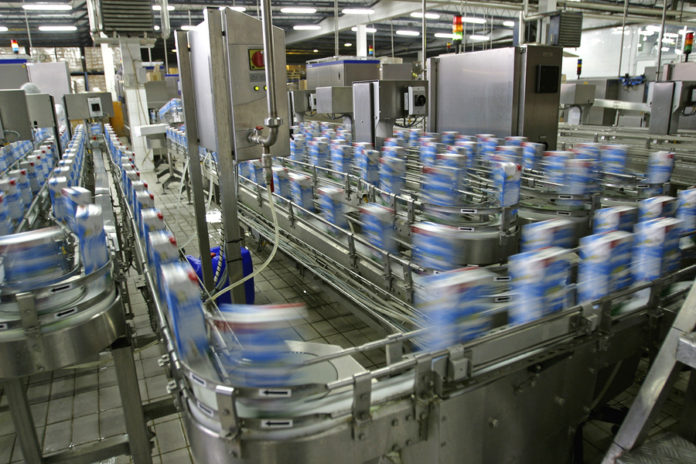
Key takeaways:
- Start with problems, not trends: The best technology ROI comes from addressing your most expensive operational inefficiencies, not from chasing the latest AI, IoT, or automation hype.
- Measure against impact: Companies succeed by quantifying specific challenges (e.g., forecasting errors) and tracking improvements against clear financial baselines.
- Action plan before adoption: To prioritize the right tech, calculate the cost of top inefficiencies, audit your data/tech readiness, and validate solutions through industry peers.
Every week brings another “must-have” technology for food manufacturers. AI promises to revolutionize forecasting. IoT sensors will transform quality control. Automation will solve the labor crisis. With limited budgets and competing priorities, how do you separate genuine ROI opportunities from expensive distractions?
The secret to technology ROI isn’t following what everyone else is doing—it’s focusing on (and fixing) your most expensive operational headaches.
The problem-first advantage
Companies that achieve strong technology ROI start with operational problems rather than technology capabilities. For example, Kraft Heinz’s AI deployment succeeded because they quantified specific challenges like demand forecasting accuracy, and measured improvements against baseline performance. They targeted specific, costly operational challenges with clear measurement criteria rather than pursuing broad transformation.
This problem-first approach creates several competitive advantages:
- Strategic problem selection: You focus resources on challenges that actually move financial metrics.
- Market intelligence: While others follow uniform investment patterns (50% are investing in AI, 48% in supply chain tracking), you gain advantage by addressing your unique operational challenges.
- Better ROI measurement: When you understand actual problem costs, you can evaluate whether proposed solutions provide adequate returns.
Your next steps
Before evaluating any technology, complete this analysis:
- Calculate the annual cost of your three biggest operational inefficiencies (such as waste, downtime, compliance issues, quality problems, or manual processes).
- Audit your current data infrastructure and technical capabilities.
- Interview two to three industry companies who implemented technology solutions for real-world validation.
Ready to calculate your technology ROI?
This problem-first approach is just the beginning. Get detailed frameworks, calculation tools, and a 90-day action plan in our comprehensive guide.

Credit: Source link












